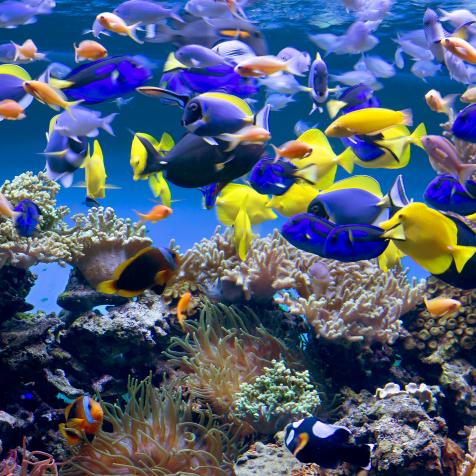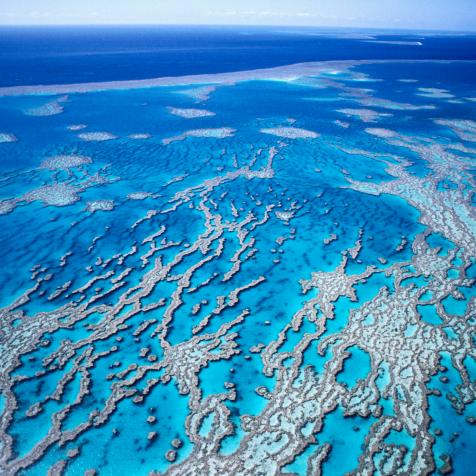
Maureen P Sullivan
Monarch Butterfly Migration is Threatened by Climate Change
The monarch butterfly migration is at risk due to climate change and other environmental factors. This is how one reserve in Mexico is trying to save the day.
Did you know that monarch butterflies can travel up to 50–100 miles a day? Multiply that number by about two months, and you’ve calculated the distance it takes monarchs to migrate to Mexico. Millions of monarchs partake in the massive migration from the regions of the US and Canada to arrive in Mexico to hibernate.

Gabriel Perez
According to the US Forest Service, monarch butterflies are the only known of its species to make a two-way migration. Contrary to other butterflies, monarch populations migrate to Mexico to escape the winter season in the northern climates. NPR explains that cold, damp weather is considered fatal for monarchs, while hotter, drier summers alter their habitats in the north. 2020, however, saw a 26% decline from the year prior in migration patterns identified in a report from the World Wildlife Fund and the Mexican government. With this decline, Mexico's Commission for Natural Protected Areas said, "The butterflies' population occupied only 2.10 hectares in 2020, compared to 2.8 hectares a year earlier. And the monarch Biosphere Reserve in Michoacán, Mexico, lost trees at a higher rate than it did in 2019.” Consequently, this tells us that climate factors are a key role in the monarch’s migratory process.

Bob Hilscher
Monarch Butterflies on the ground at El Rosario Monarch Butterfly Preserve, Michoacan, Mexico
With climate change as the monarch’s biggest challenge against endangerment, the species is hurdling a combination of drought, deforestation, and struggle to breed. These factors, added up, affect the overall migration and hinder population growth. Female monarchs lay their eggs on milkweed blossoms, which have been heavily impacted by the ‘wild weather’ from spring and summer of last year. Because of this, ”the development of butterfly eggs and larvae was also impacted,” according to the report.
Since 2013, Mexico has seen a steady decline in the number of migrants arriving to the region, the World Wildlife Fund explains. The effects of climate change and deforestation have become a pivotal sign that action needs to be taken to make sure a healthy migration for monarchs going forward. If not, it’s their survival and possible extinction that falls into our hands.


















